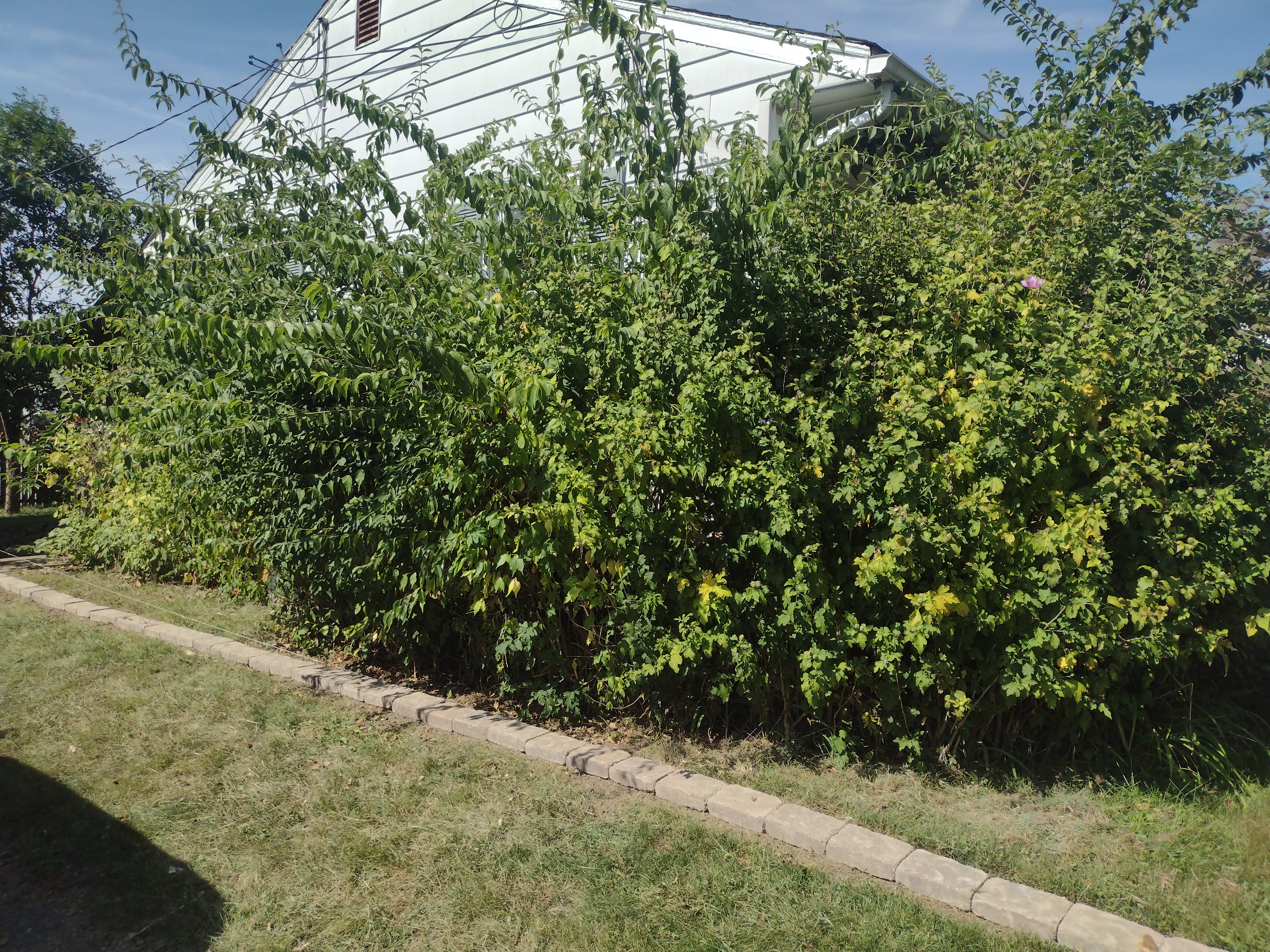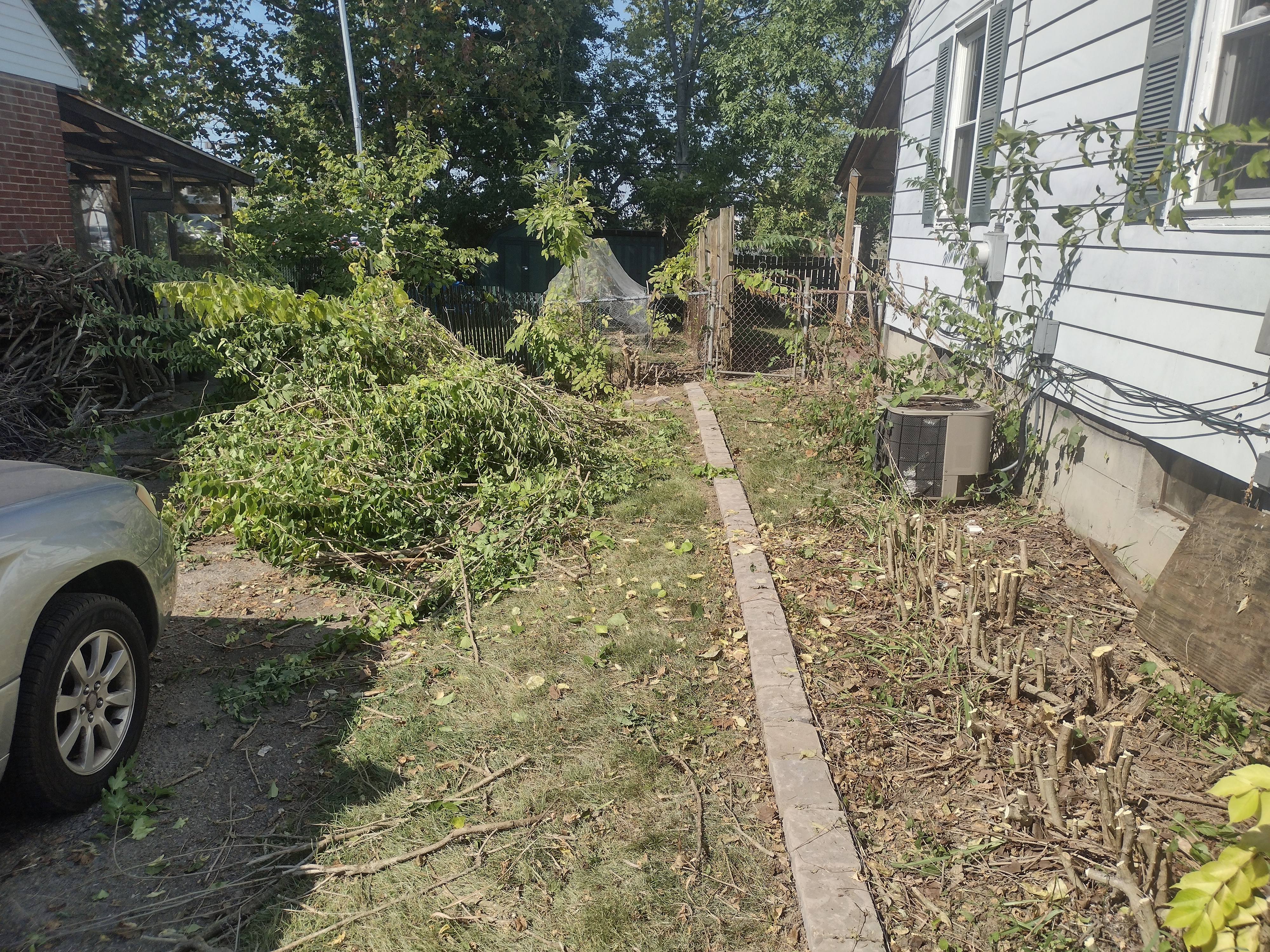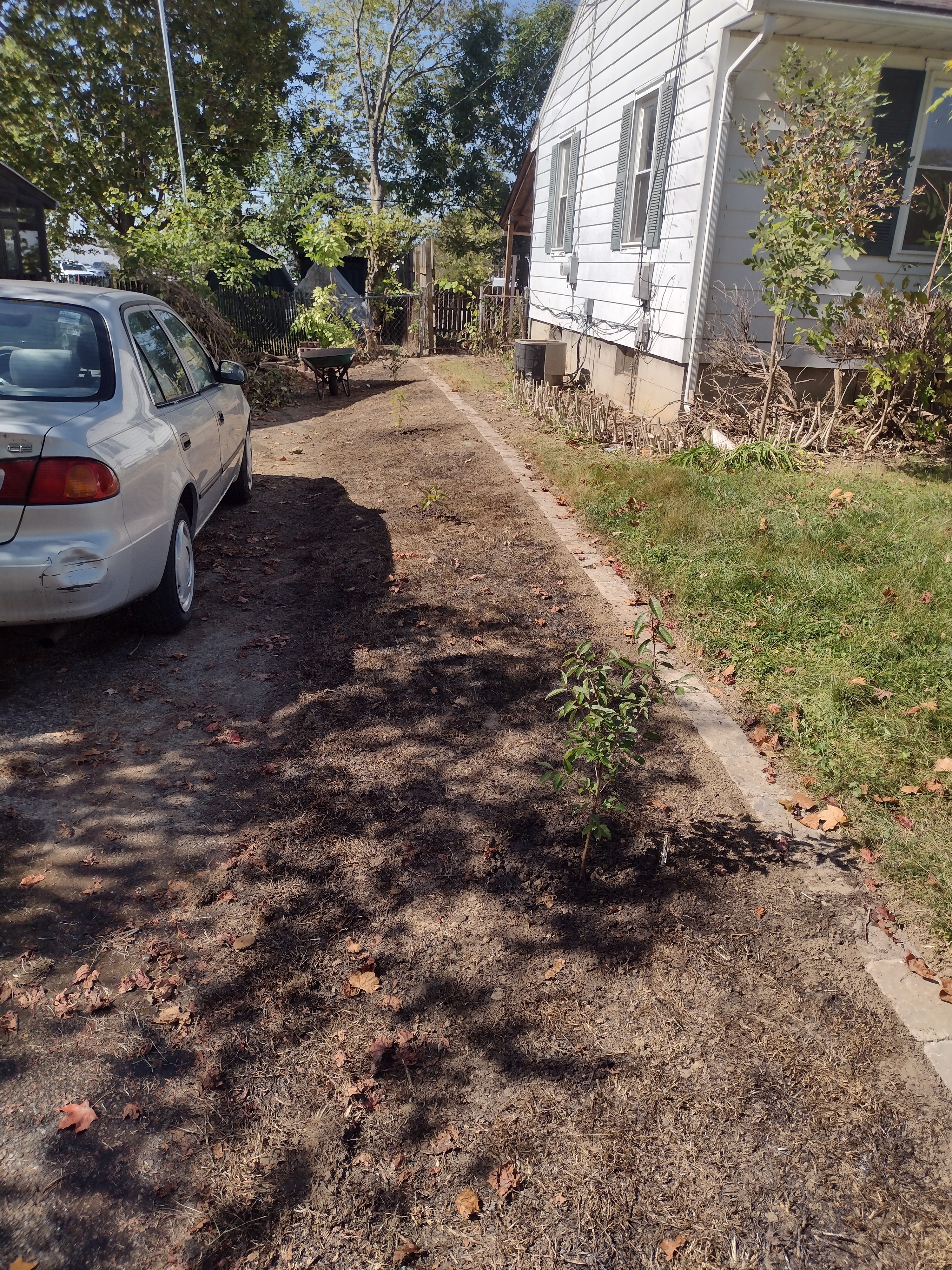Creating a Place of Contemplation
Each member should create a place of meaningful contemplation. An area should be brought as close as possible to a natural state, in accordance with local laws and zoning codes. Members should take note that this process will take a significant time investment. The process cannot be meaningfully completed within the span of a single year. Optimally, the wilding process should be done by hand to the extent allowed by each member's physical capabilities, taking into consideration the size of the area to be wilded. There is a sense of agency and ownership of a place of contemplation that comes from doing the work with your own hands. There is no required size for the contemplative space. Members should work with the area they have. This may be as small as a hanging windowsill flowerbox of native wildflowers, or as large as hundreds of acres of completely restored native flora and fauna. Members should also consult local ordinances before beginning their endeavor. There may be rules regarding the height or coverage of plants, which may constrain the final contemplative space, but conforming to these rules is part of the process. If the rules of your area would completely preclude creating your contemplative wild space, members are encouraged to begin the process of changing the local ordinances. The first step of the process is to remove all of the invasive species in the area. This will be the first great challenge. Research the best practices to permanently remove each invasive species from the area. Unfortunately, depending on what invasive plants are established in the area, this may require the use of serious herbicides, heavy equipment, or the careful application of fire. Members should wear all protective equipment required, and exercise all due care.

The next phase can be monetarily taxing depending on the size of the space being made, and does not need to happen all at once. Native plants and trees should be planted according to your location, sun levels, and moisture levels. Creating several rows of plants which grow to different heights is an optimal method of creating your contemplation space. The optimal space would include enough plants and trees to create a buffer between the member and the modern world. Members will want to plan out a space for themselves in the wild area. It is not necessary to forgo amenities in the wild space, and depending on where each member lives some personal protection may even be required. As an example, personal contemplation is difficult while being devoured by mosquitoes, so a screened area may be a necessity.

Once the wild space of personal contemplation is completed, the actual method of contemplation is up to the individual member. Practices like meditation, prayer, or just listening to the world and contemplating your place in it are all valid options. Find what works best for you. In the creation of wild space, it is likely that neighbors will express interest in the undertaking. This is a great opportunity for a member to explain Faith in the Wilds, if they so choose. If it is within their abilities, members should offer to assist neighbors with their own wilding. More wild spaces in an area, especially if those spaces are connected, improves the effectiveness of of each space in healing the environment.

